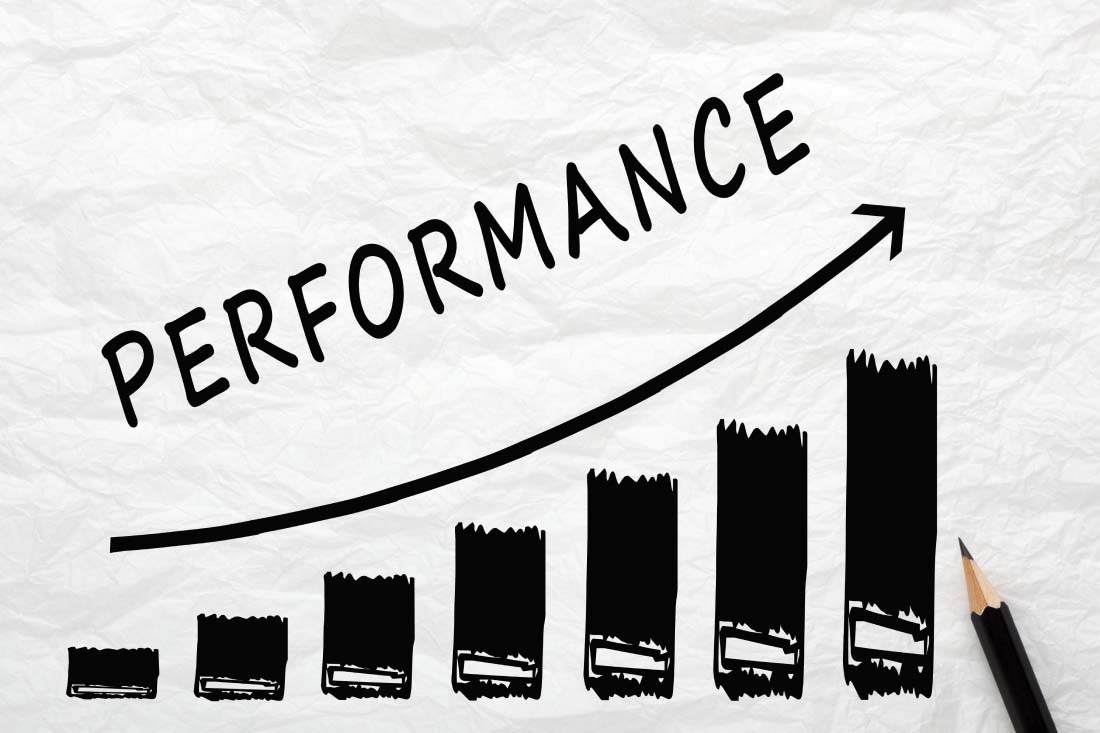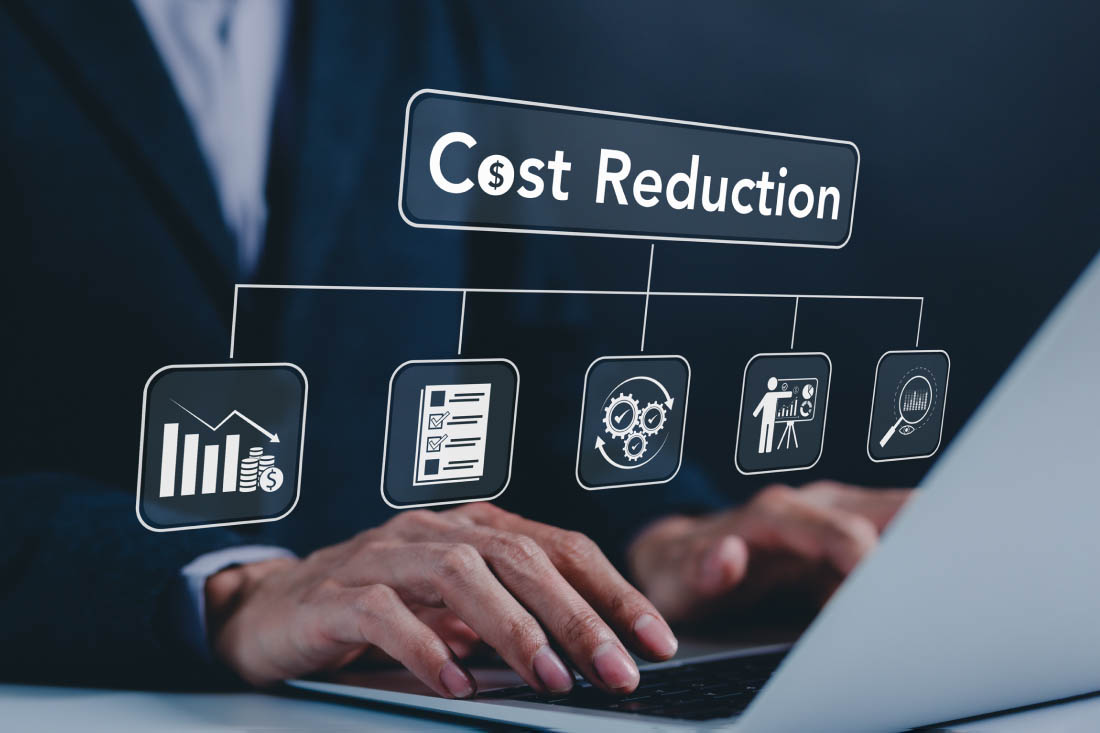Since 1979, employee productivity has increased nearly 60% overall according to some studies, thanks to advances in digital technology and access. Remote work capabilities and cloud computing have only made it easier for employees in a number of industries to do more work faster. But just because employees can work more, it doesn’t mean they always should. The Great Resignation and quiet quitting are all part of a larger story driven by employees working too much.
Overworked employees can have a devastating impact on your business’s bottom line through increased absenteeism, employee turnover and burnout. But there are ways to spot and prevent overworking to help your organization keep employees at their peak productivity while maintaining their well-being.
In this post, we’ll discuss the signs of overworked employees and how to prevent employees from becoming overworked.
What is an overworked employee?
An overworked employee is any worker who has hit their limit in terms of productivity without having enough time to recharge before returning to work. This can be different from person to person and from job to job, but every employee has a physical and emotional limit to how much they can perform. Overworking results in burnout and mental exhaustion for the employee and bad outcomes for the organization.
Recognizing the signs of an overworked employee
There are several warning signs of overworked employees. Watch out for these ten giveaways in your workplace.
1. Missed deadlines
Employees who have too much work will often miss deadlines, which can snowball quickly. If your teams are constantly pushing deadlines back, it may mean that they’re overworked.
2. Poor quality work
Employees may be meeting deadlines but handing in work that doesn’t meet your quality standards. This can mean other employees may have to re-do work, adding even more to their workloads.
3. Decreased productivity
Working long hours can actually lead to decreased productivity. As work hours increase past the point of what an individual can emotionally, mentally or physically handle, they will actually do less.
4. Higher overtime rates
Employees are more likely to work overtime more often when they’re overworked, simply because they don’t have enough time to finish all of their daily tasks during regular hours. While some employees enjoy the boost to their paycheck from working extra hours, if an employee is taking a lot of overtime, it can mean they’re overworked.
5. Bad customer service outcomes
Employees who are overworked can become less patient with customers or less willing to spend the time to solve customer problems. This leads to poor customer service, which reflects poorly on the company and leads to a bad reputation.
6. Low morale
If you have employees who don’t speak up in meetings or often have negative things to say, they may be feeling overworked. When employees feel this way, it can have a serious impact on your work culture, and bring other employees down in the process.
7. Less paid time off taken
Overworked employees may take less vacation time than others because they don’t feel that they can get their work done. Personal time is important to recharge, and when employees don’t take enough time away from their work to let their creativity and health reset, they can make the situation even worse.
8. Absenteeism
Employees who are overworked may call out sick more. Working too much can cause real health issues in employees, including physical and mental diseases. Stress contributes to heart disease, cancer, high blood pressure and other concerns, and has obvious mental health impacts.
9. Turnover rates
Overworked employees are often unhappy and will look for work outside of an organization. They may even talk about the workload on job boards and company review sites, which can make it harder for you to recruit new employees when they leave.
10. Disengagement from team collaboration
One clear sign of an overworked employee is pulling away from the team. They stop speaking up in meetings, avoid group projects or go quiet in chats. It’s not just introversion—it’s exhaustion. When workloads become too much, collaboration feels like another task to survive, not engage in. If a normally engaged employee starts isolating themselves, it’s a sign they’re overwhelmed and need support.
Common causes of overworked employees
During the 2008 economic downturn, many workplaces let employees go and didn’t replace them, asking their remaining employees to pick up the slack. Even as the economy improved, employers got used to expecting more out of their employees. During the COVID-19 pandemic in 2020, many industries were forced to send employees to work from home, where they often had more time to work without commutes or office distractions, and less ability to disconnect from their work at the end of the day.
All of these factors have contributed to a high rate of overworked employees throughout the workforce. Working too much can lead to burnout, which can have serious consequences for the employee and the organization they work for.
While the economy has had an impact on the workforce, internal structures in organizations can also contribute to overworked employees. Some common causes include:
- Low headcount: An understaffed team will have difficulty reaching goals, and having an employee wear too many hats can lead to working too much.
- Poor planning processes or project management: Unrealistic deadlines and high workloads often come from poor internal processes, including workforce management and project management.
- Unrealistic expectations: Organizations have had to become more competitive in recent years, and this can mean setting unrealistic goals for profitability and output, which puts pressure on employees to perform.
- Lack of boundaries: Some managers will push their employees to work when they should be relaxing, and they may not even know they’re violating boundaries by sending emails or texts after hours.
- Stress outside of work: Even as workloads have increased, personal issues such as childcare, family care, higher bills and mental health issues have also increased demands on workers, which can compound the stress of a heavy workload.
Tips to prevent overworking employees
There are many things an organization can do to keep their employees from getting overworked.
1. Set realistic goals
While increased output and profit may be top of your organization’s goals, there are limits to how much employees can contribute. Overloading your employees with unrealistic timelines or productivity goals can actually hurt your bottom line in the long term. Set achievable, measurable goals and revise them if achieving them would mean sacrificing employee well-being.
2. Check your headcount
You may simply need to hire more employees to get the job done. This can mean more training and upfront expense for you, but in the long run you will have more productive, passionate team members who are able to complete tasks effectively and on time.
3. Monitor workloads
You may be able to spot overworked employees from payroll or time-tracking systems, but to truly understand productivity, it’s a good idea to invest in workload management solutions like ActivTrak. These tools give you a granular view of how much time work actually takes and how individual employees are doing so you can reassign workloads as needed.
4. Provide the right tools for the job
Whether it’s productivity tools, project management tools or even proper training, employees who have access to the right tools for the job can do their work more effectively. Time-saving tools and time management tools can also help them prioritize work, collaborate effectively and ensure tasks are completed satisfactorily.
5. Set and enforce employee well-being policies.
Encourage employees to take personal time so they can improve their productivity when they’re working. This can include creating policies like logging off after shifts are over, setting limits on overtime and taking regular breaks. It’s important to enforce policies that help employees unplug from their work, which can mean stopping managers from emailing or messaging employees after hours or even creating company holidays to make sure workers are taking a day off now and then.
6. Listen to employees
One of the harshest statistics about employee burnout is that overworked employees are 50% less likely to talk to their manager about it. This may be because they’re afraid that complaining about their work will put their jobs on the line. Encouraging consistent, regular communication and transparency with your employees can help improve the work environment. If you show that you’re willing to change goals, tactics or policy to help employees reduce their workloads when they get to be too much, employees will be much more willing to stay and work for you.
Identify and prevent overworked employees with ActivTrak
Spotting the signs of an overworked employee is easier with workforce analytics and workload balance technology like ActivTrak. Easily set work goals and spot trends with easy-to-use dashboards and reports. See when employees are most productive or where goals aren’t being met and reallocate work to underutilized employees. Know when employees are nearing burnout and prevent it.
Schedule a free demo to see how ActivTrak can help you spot and fix overworked employee issues today.





